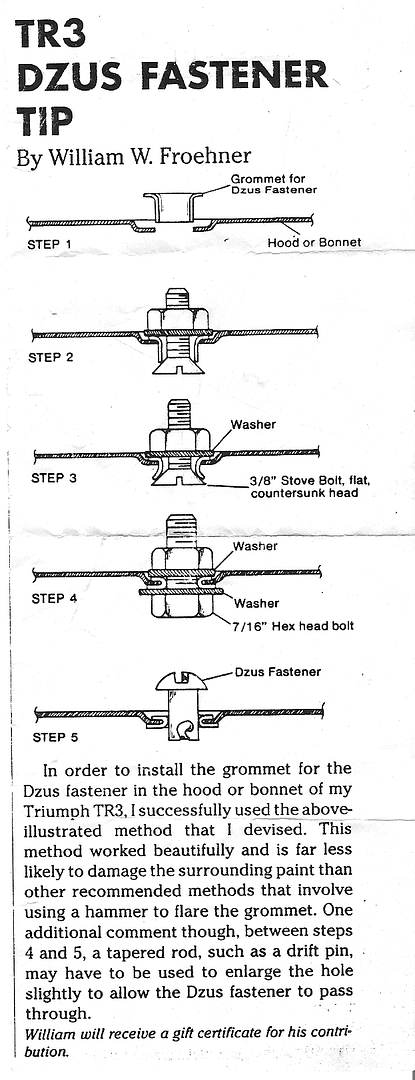mikephillips
Yoda
Offline
Following on Paul's Corsair description, rotary (not radial) engine aircraft of WW1 were notoriously difficult to control, especially at takeoff. The entire rotary engine itself is spinning, so there's a tremendous "gyroscopic" effect. As you reach Vr (lift off) speed, pull the yoke back, lift the nose - and the entire aircraft begins to rotate in the opposite direction as the engine is turning. Many young pilots died on their first solo training flight, not being prepared to mash that pedal to counteract the gyro tendency. A similar problem occurs on many other aircraft (P factor), but the rotary engine was much worse.
Didn't have an actual throttle in many cases, but could cut off one or more cylinders ignition to slow the engine speed. Otherwise for takeoff and landing they tended to be either full speed or off. When you hear the throttle being "blipped" on one, they're turning the ignition off and on from a switch.
I ran across video once of a two row 14 cylinder rotary being run towards the end of WW1. Apparently never went into true production as they found the spinning weight was too much for the aircraft of the time to be able to counteract. But it was impressive to watch them prop it on a test stand. No audio though so have no idea what the sound was line

 Hi Guest!
Hi Guest!

 smilie in place of the real @
smilie in place of the real @
 Pretty Please - add it to our Events forum(s) and add to the calendar! >>
Pretty Please - add it to our Events forum(s) and add to the calendar! >> 



 PJ
PJ
 PJ
PJ